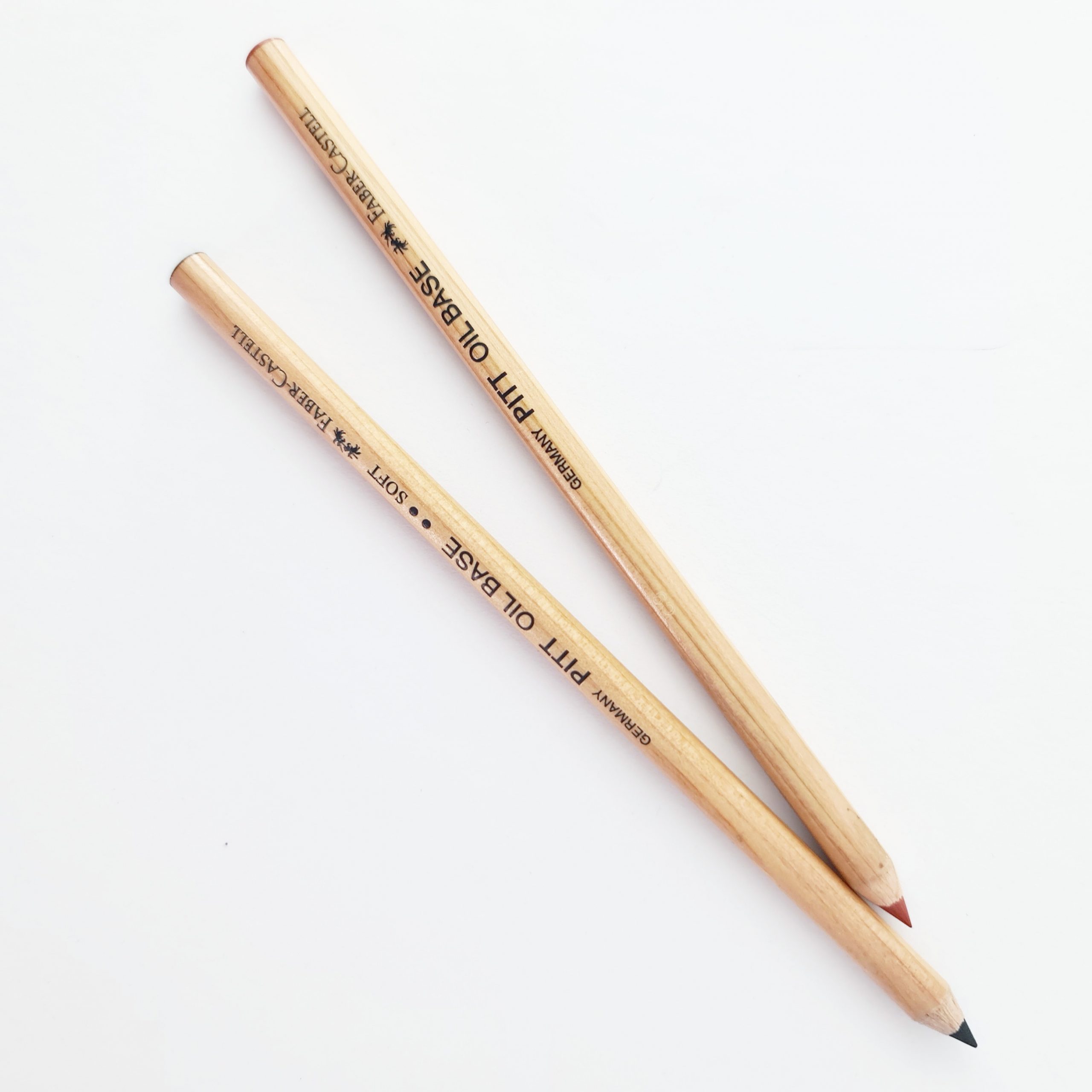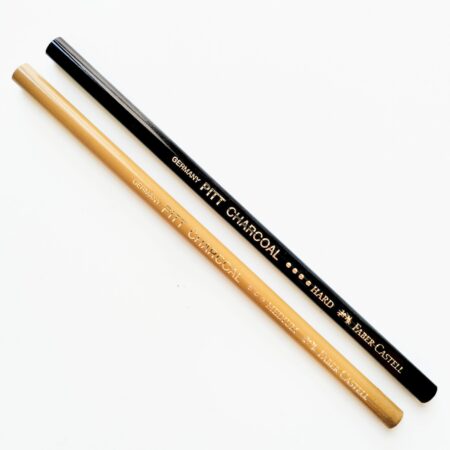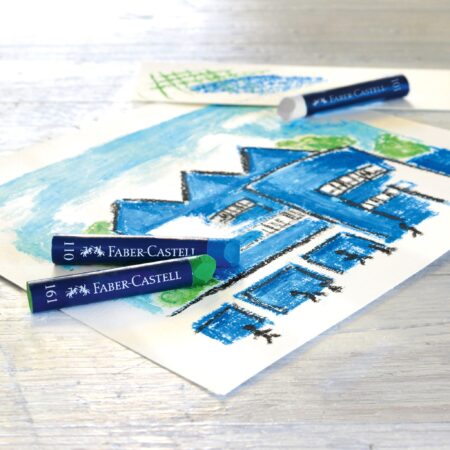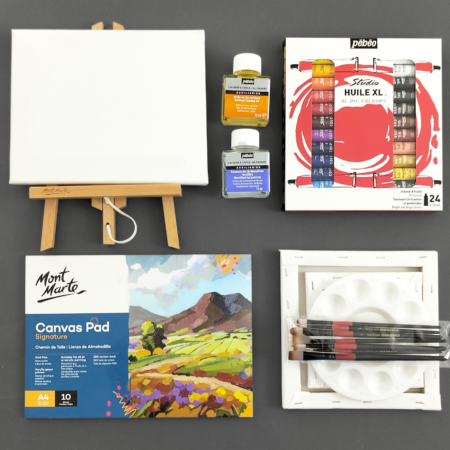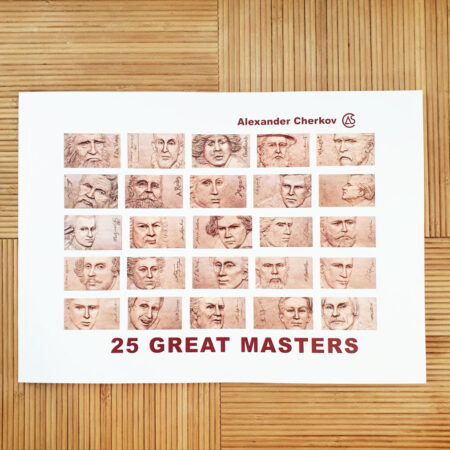Home / PRODUCTS / Drawing products / Faber Castell oil pastel pencil
Faber Castell oil pastel pencil
Pete Castell oil-based pencil
₪9
- Free shipping on purchases over NIS 300
More information about the product
Oil pastel pencil from Faber Castell, high quality and durable, in a sanguine or soft black shade. Ideal for sketches for oil paintings and drawings in oil pastel. Great for precision details and contours.
Pete Pastel Pencils Non-oil-based ones are harder than oil-based pastel pencils. Their lines do not disappear completely when they are smeared, so oil-based pastel pencils complement them for added softness and precision in details.
Oil pastel pencil for sketches for oil paintings
oil colors Common in art and have been in use for centuries. Oil paintings probably began in northern Europe during the Renaissance in the 15th century. The work with oil paints is done in a layered method, with the paint drying between layers. When you want to create an initial sketch for painting before applying paint, it is advisable to use a suitable pencil, as graphite pencils will cause unnecessary dirt. Oil-based pastel pencils are ideal for this purpose. At the end of the sketch you can switch to color. Oil paint does not dry quickly, thus creating interesting color transitions and ratings. An oil paint layer will dry in a few days to a week. The oil paints are very concentrated paints, so in painting with oil paints, diluents, linseed oil and turpentine are used. These materials help the oil paints to glide easily on the canvas, blend into desired shades, control the level of transparency, brightness and opacity of the paint.
Oils are useful in art therapy and have therapeutic potential for the creator. Oil paints allow a sense of release through quick painting of large surfaces in long movements. Due to lack of skill in working with oil paints and its properties, such as the fluidity of the paint on top of the painting, there may be other uncontrollable and planned situations that evoke negative emotions like loss of control and discomfort and positive emotions like joy of new discoveries, curiosity and power. The variety of emotion expressions when working with oil paints improves the ability to be flexible and inclusive. When working with oil paints, there are repeated operations, for example dipping the brush in turpentine and oil, taking a paintbrush and wiping with a cloth. This kind of ritual is for the creator an anchor for finding an inner rhythm, as well as a framework that gives self-confidence, organization, order and setting boundaries, and hence for deeper emotional work.
Delivery options
Home delivery - ₪ 30 | Free with purchases over NIS 300
- Delivery time: Up to 7 business days (up to 10 business days for remote settlements).
- Place of delivery: Customer address
- Delivery method: Home delivery is carried out by a courier on behalf of an external courier company. The delivery time is calculated on the business day closest to the order date and does not include Fridays, Saturdays, holiday eves, holidays, and Saturdays. We make efforts for fast service and usually the order is ready in a shorter period of time.
Dear customers, please note ♥ - due to the security situation, there may be delays in order delivery times
As of January 2024, there is no possibility of self-collection - home delivery only

